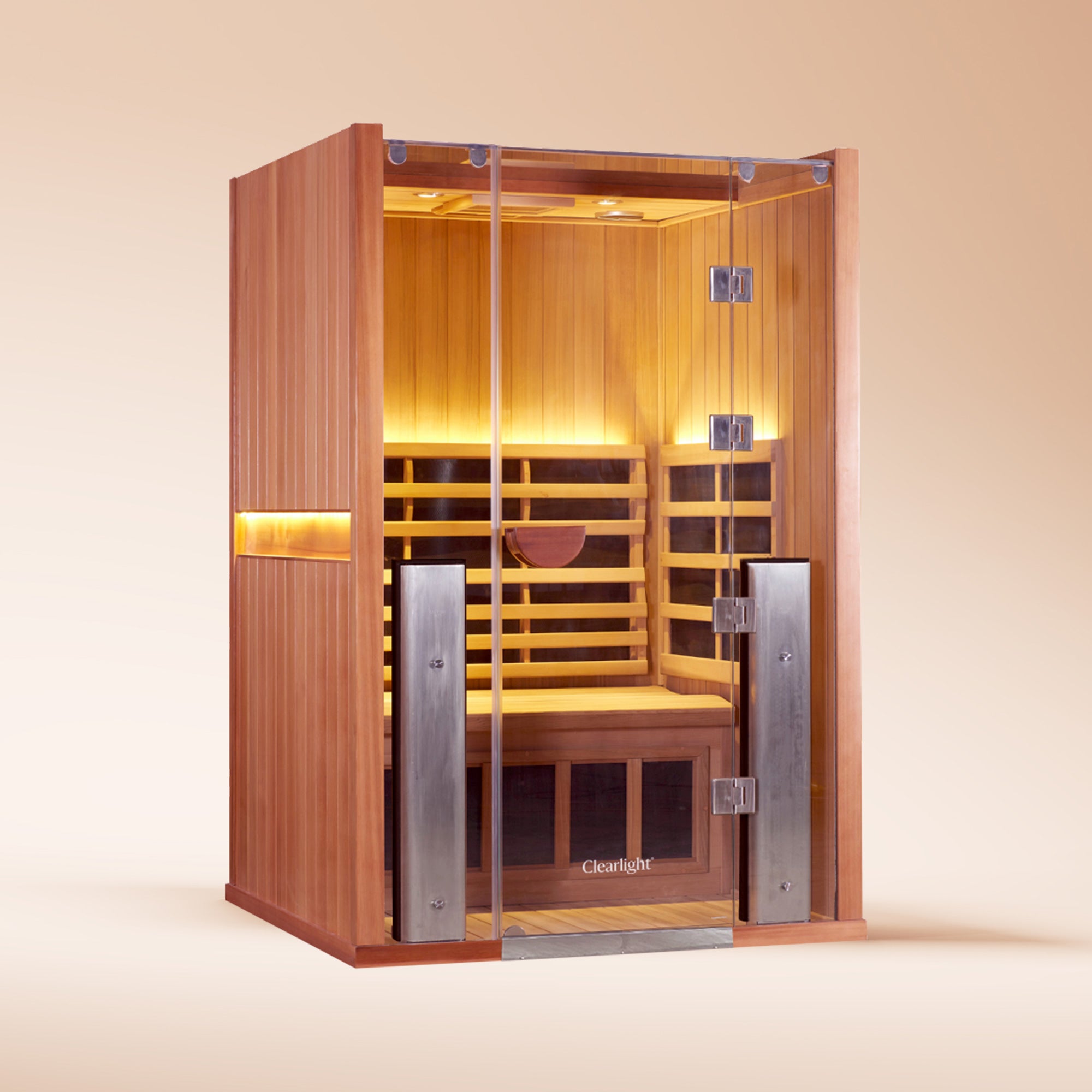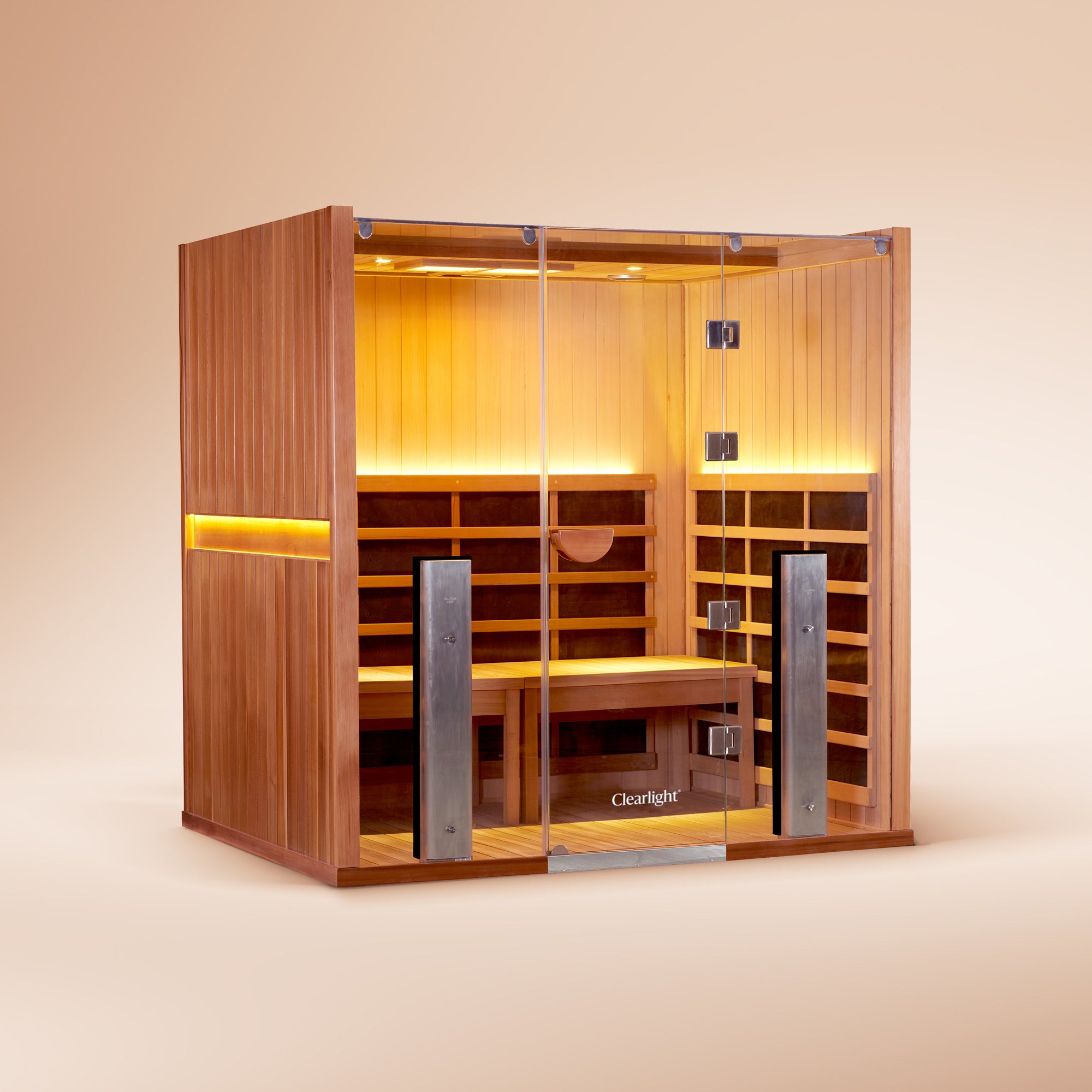Have you ever wondered if it's possible to get Vitamin D from an Infrared Sauna? It's a fair question, especially when infrared saunas have become increasingly popular for offering numerous sauna health benefits like pain relief, improved circulation and relaxation. Though the answer might not be what you'd hoped for - no, you cannot get Vitamin D from an Infrared sauna - we'll explain the details of why this is so in this blog.
What is Vitamin D?
First, let's talk about what vitamin D is and why it's so important. It is a fat-soluble nutrient that plays a crucial role in many of our body's functions. It's essential for healthy bones, immune system function, and the absorption of calcium and phosphorus in the body. Furthermore, understanding the importance of vitamins and minerals for sauna bathing can help you get more infrared sauna benefits by incorporating nutrient rich foods. This allows your body to function properly in response to the infrared therapy for better overall health.
The Science Behind Vitamin D Production
As we've already discussed, vitamin D is produced by the body when the skin is exposed to UVB radiation from the sun. UVB radiation has a wavelength of between 290 and 320 nanometers, and it stimulates the production of it in the skin's cells.
Infrared light, on the other hand, has a longer wavelength and does not stimulate the production of vitamin D in the same way. While infrared light offers many benefits, it cannot replace the benefits of getting it from the sun or a supplement.

Can You Get Vitamin D from an Infrared Sauna?
Unfortunately, the answer is no. While an infrared sauna does offer many benefits, including pain relief, improved circulation, and relaxation, they do not provide vitamin D. It is produced in the skin when it's exposed to UVB radiation from the sun. Infrared saunas do not emit UVB radiation, so they cannot stimulate the body to produce it.
How to Get Enough Vitamin D: Infrared Sauna is NOT an option
Now that we know you can't get vitamin D from an infrared sauna, let's talk about how you can make sure you're getting enough. The best way to get it is through exposure to sunlight. Spending 15-20 minutes outside in the sun each day can help your body produce enough of it.
If you're unable to get enough sunlight, you may want to consider taking supplements. Vitamin D supplements are widely available and can be found at most health food stores and pharmacies.

What Foods are High in Vitamin D?
While sunlight is the best natural source of vitamin D, consuming foods rich in this vital nutrient is an option. Some of the best dietary sources include:
- Fatty fish: Salmon, tuna, and mackerel are all high in them. A 3-ounce serving of cooked salmon contains around 450 international units (IU) of it.
- Fortified foods: Many foods are fortified with it including milk, cereal, and orange juice. Check the label to see how much vitamin D each serving contains.
- Egg yolks: The yolk of a large egg contains around 40 IU of vitamin D.
- Mushrooms: Some types of mushrooms, such as shiitake mushrooms, contain small amounts of them. However, the amount can vary depending on how the mushrooms were grown and harvested.
- Beef liver: Beef liver is a good source of vitamin D, with a 3-ounce serving containing around 42 IU of it.
It's important to note that it can be difficult to get enough from diet alone. Most people will need to get it from a combination of sun exposure, supplements, and dietary sources.
What is Vitamin D Good For?
Vitamin D is important for several functions in the body. It helps calcium absorption and phosphorus, which are necessary for building and maintaining bone health. Without enough of it, the body can't absorb enough calcium, which can lead to soft, brittle bones.
It also supports immune system health and may reduce the risk of developing autoimmune diseases, such as multiple sclerosis and rheumatoid arthritis.
Research also suggests that it may play a role in reducing the risk of certain types of cancer, including breast, colon, and prostate cancer, however, more research is needed.
How to Monitor Vitamin D Levels?
Monitoring your levels is important and can be done with a blood test. The blood test measures the level of 25-hydroxyvitamin D in your blood. This is the most accurate way to determine your status, as it reflects the amount of it that your body has stored. The optimal level in the blood is debated among experts, but generally, a level between 30-50 ng/mL is considered adequate for most people.
In addition to getting a blood test, there are some signs and symptoms that may indicate a vitamin D deficiency. These include:
- Fatigue and weakness
- Bone pain or tenderness
- Muscle weakness
- Mood changes, such as depression
If you're experiencing any of these symptoms or are concerned about your vitamin D levels, talk to your healthcare provider about getting a blood test.

What is an Infrared Sauna?
An infrared sauna uses infrared waves to raise the body temperature. The heat from infrared light is sometimes referred to as natural radiant heat because infrared light is also produced by the sun.
Like a regular sauna, the same benefits come from an increased body temperature which stimulates the effects of a passive workout or passive cardio workout. This allows for weight loss, chronic pain relief, a boost to immune system health and heart health, and more.
Infrared sauna benefits go further, allowing for better detoxification without any ultraviolet light (the radiation that causes skin cancer). Infrared light is a natural form of radiation that has gained popularity through its wide range of benefits.











What Does Red Light Therapy Do?
Benefits of Vibrational Resonance Therapy